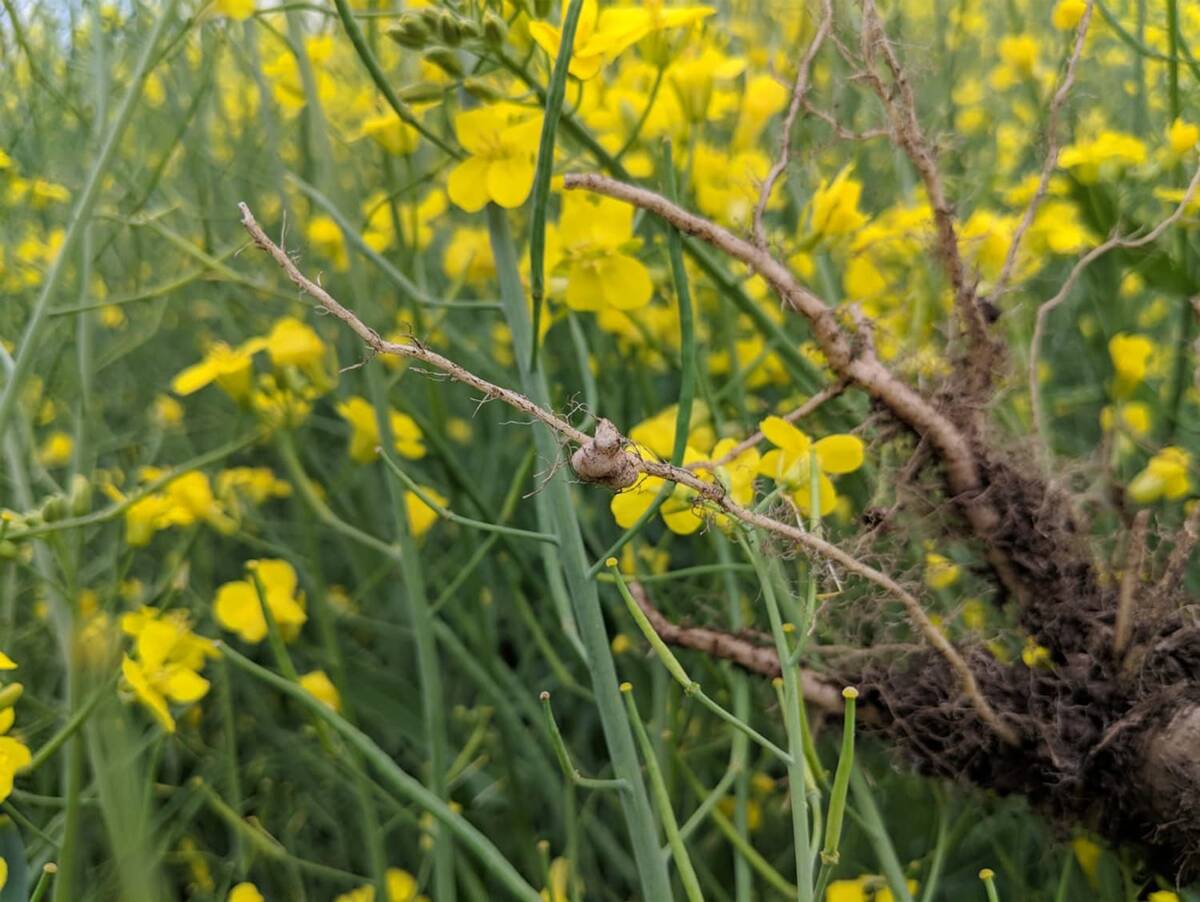KILLARNEY, Man. – Almost 50 farmers traveled to this southwestern Manitoba town to check out Canadian Wheat Board field research trials, but there wasn’t much to see.
Fusarium head blight has claimed up to 50 percent of some crops in south and southwestern parts of the province.
Art Thiessen, the board’s area representative in Brandon, said it’s the worst fusarium infestation he’s seen in his 30 years of farming the region.
“I’ve never seen it this bad. It was certainly more severe than I had anticipated.”
Read Also

Going beyond “Resistant” on crop seed labels
Variety resistance is getting more specific on crop disease pathogens, but that information must be conveyed in a way that actually helps producers make rotation decisions.
Ed Braun, who farms near Killarney, was hoping the research would reveal certain varieties have resistance to the disease.
But plant breeders did not have the answers he was looking for. Though some fared better than others, all varieties were infected with fusarium.
“I’m not so sure they heard anything they could take home that would make them feel any better because all varieties seemed to be affected,” Thiessen said.
Canadian Wheat Board chief commissioner Lorne Hehn, who attended the board’s Windows to World Markets field demonstration in Killarney, said he was surprised at the amount of fusarium damage in the area.
“I’m concerned about how wide an area the infection is,” he said, “but we’ll have to see what the quality is like. This crop is still a long way from harvest.”
Review the problem
Hehn said it is too soon to say how the board will deal with the situation.
“We’ll do our very best to find markets for it and get the best returns we can, but we’ll have to wait and see how widespread it is and determine a strategy then.”
Braun said fusarium will take 25 or 30 percent of his crop at this stage, and it gets worse every day.
“We took all No. 1 high protein last year but I can’t see it happening this year. As far as I know there is nothing we can do. Mother Nature has done it for us.”
High humidity in the region over the past few weeks increased the spread of the disease.
Fred Townley-Smith, a wheat breeder with the Agriculture Canada cereal research centre in Winnipeg, advised farmers to stick to four varieties with the strongest resistance to fusarium: Katepwa, AC Majestic, AC Cora and AC Barrie.
“The disease starts not long after heading and then progresses. If you have a later heading variety it will look better at the time,” said Townley-Smith.















